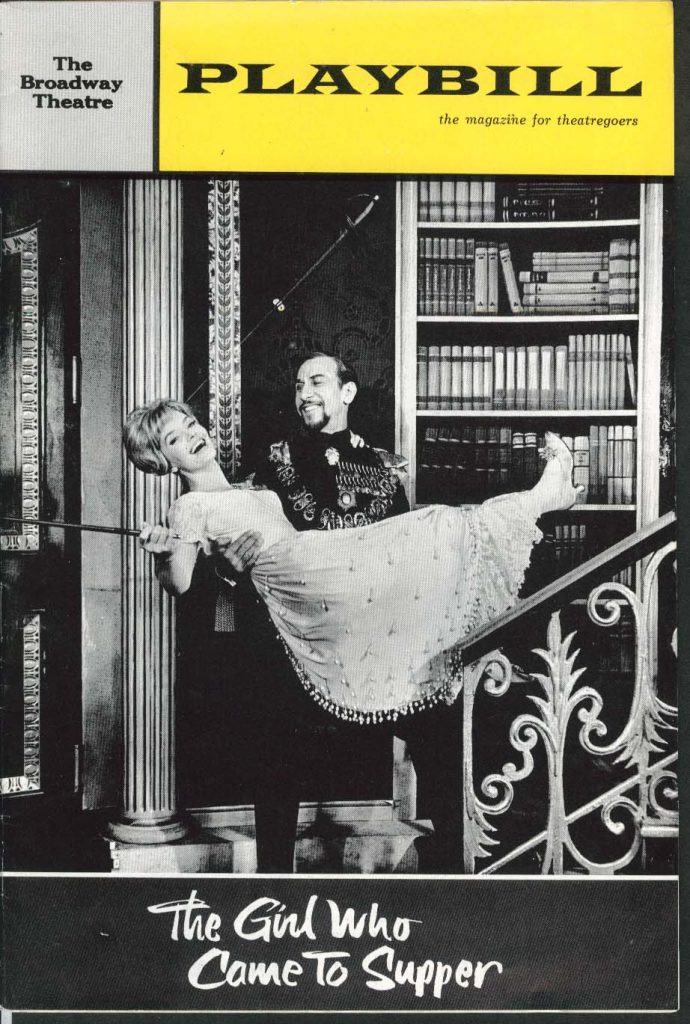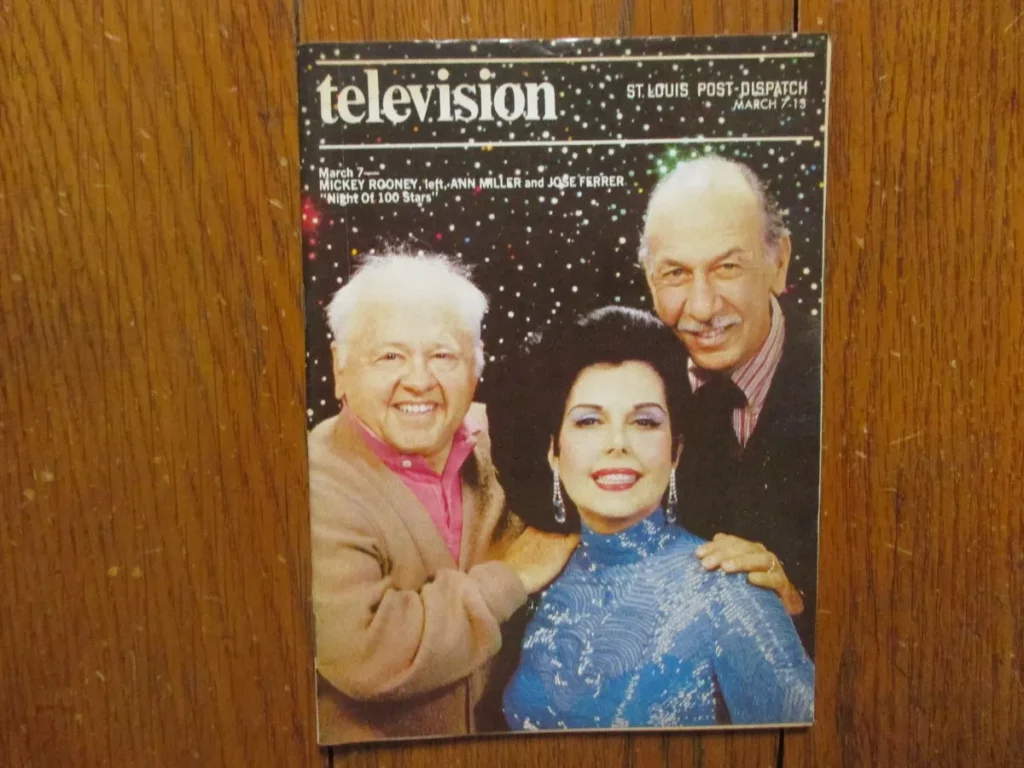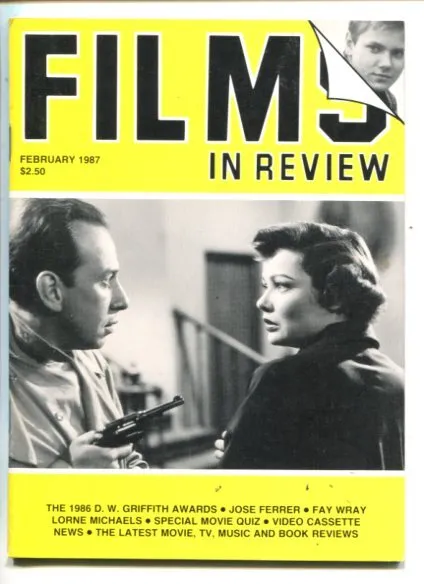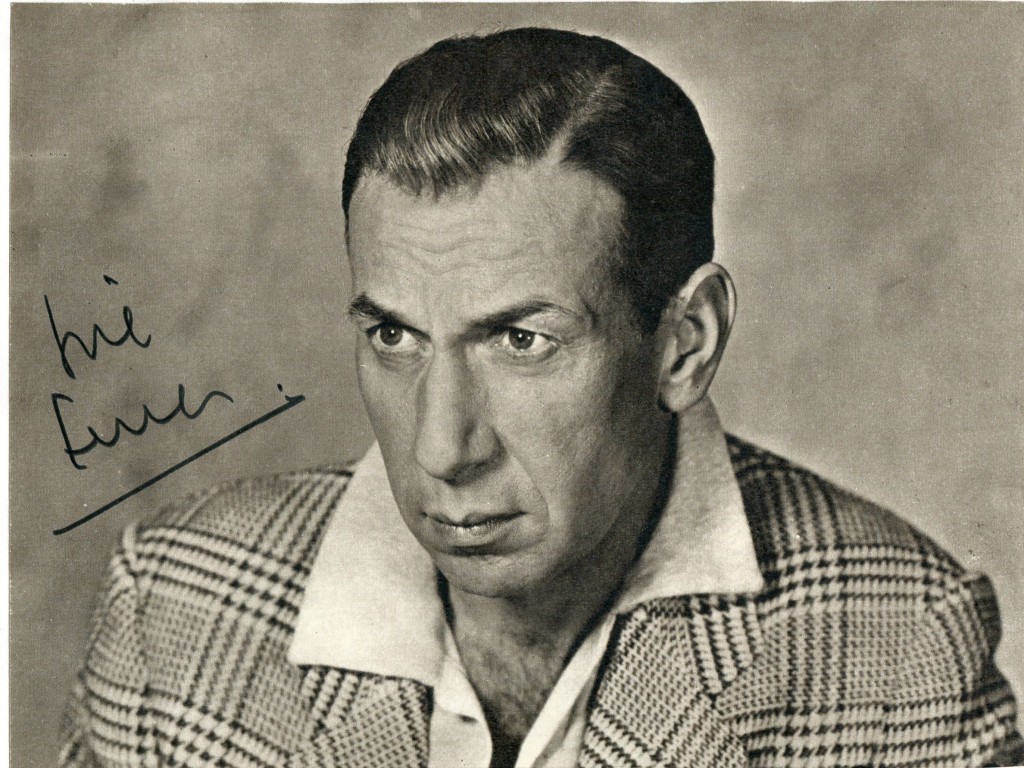
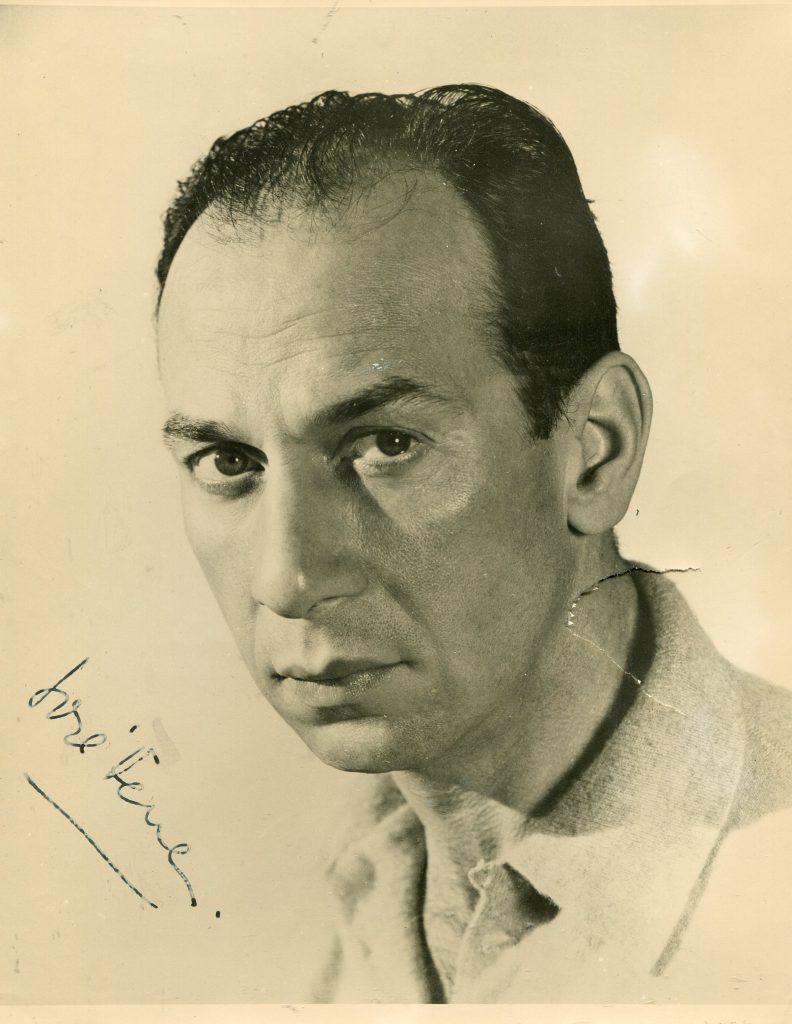
TCM Overview:
Protean Broadway actor-director-producer whose noteworthy stage performances include Iago to Paul Robeson’s “Othello” (1942), a Tony-winning “Cyrano de Bergerac” (1946) and the prince in the Noel Coward musical, “The Girl Who Came to Supper” (1964).Ferrer made his Hollywood debut in “Joan of Arc” (1948) and, thanks to his sonorous voice and urbane manner, excelled at playing pedants and snobs, like the pompous Nazi professor in Mel Brooks’s 1983 remake of “To Be or Not to Be”. He proved his versatility, though, as the murderous hypnotist in “Whirlpool” (1949), the defending officer in “The Caine Mutiny” (1954), the sadistic Turkish bey in “Lawrence of Arabia” (1962) and the ham actor in “Enter Laughing” (1966).Ferrer’s work as a film director has been generally undistinguished, one exception being his scathing look at the TV industry, “The Great Man” (1956). He was married to actress Uta Hagen (1938-48) and singer Rosemary Clooney (1953-66), and his son is character actor Miguel Ferrer.
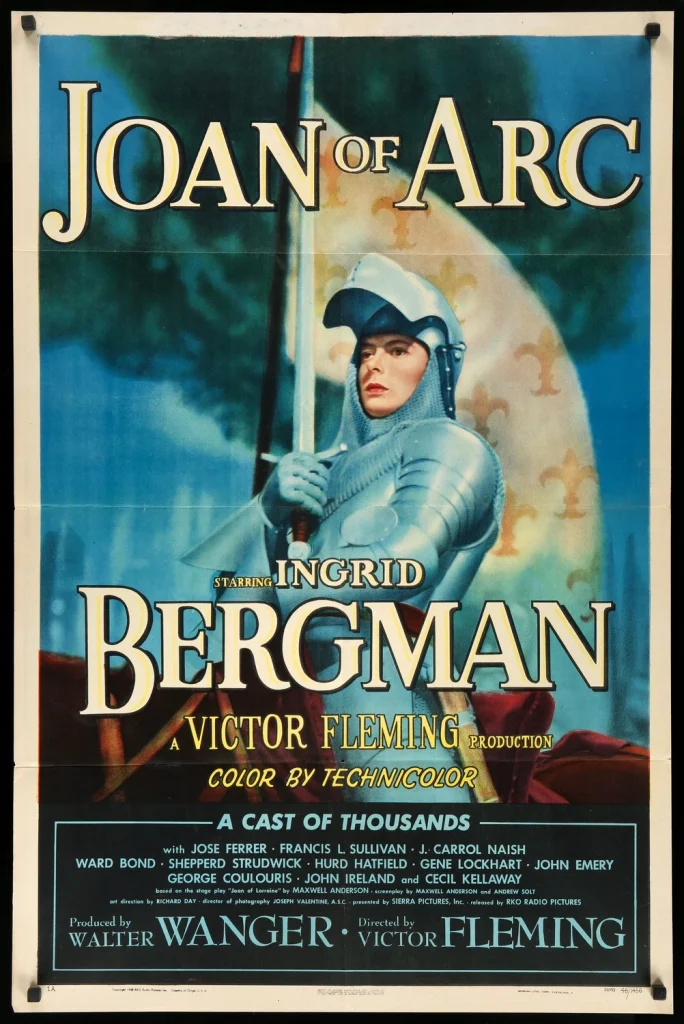
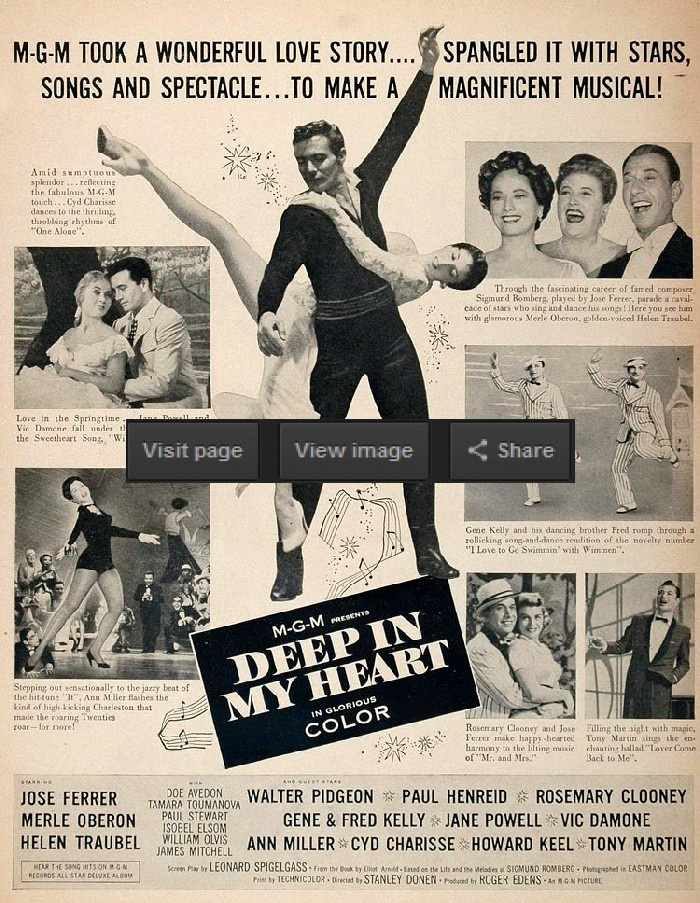

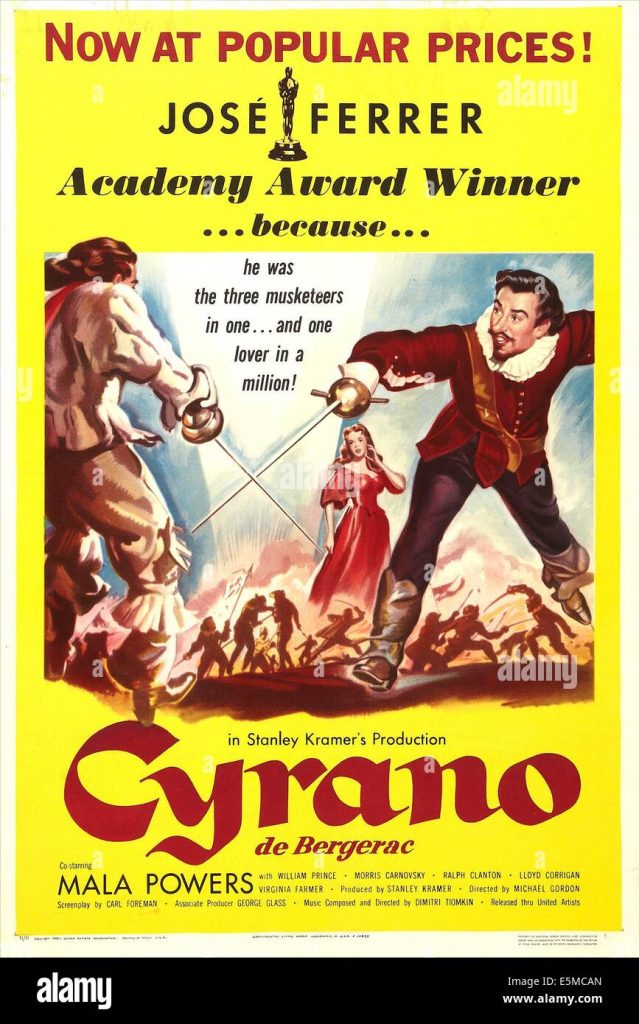
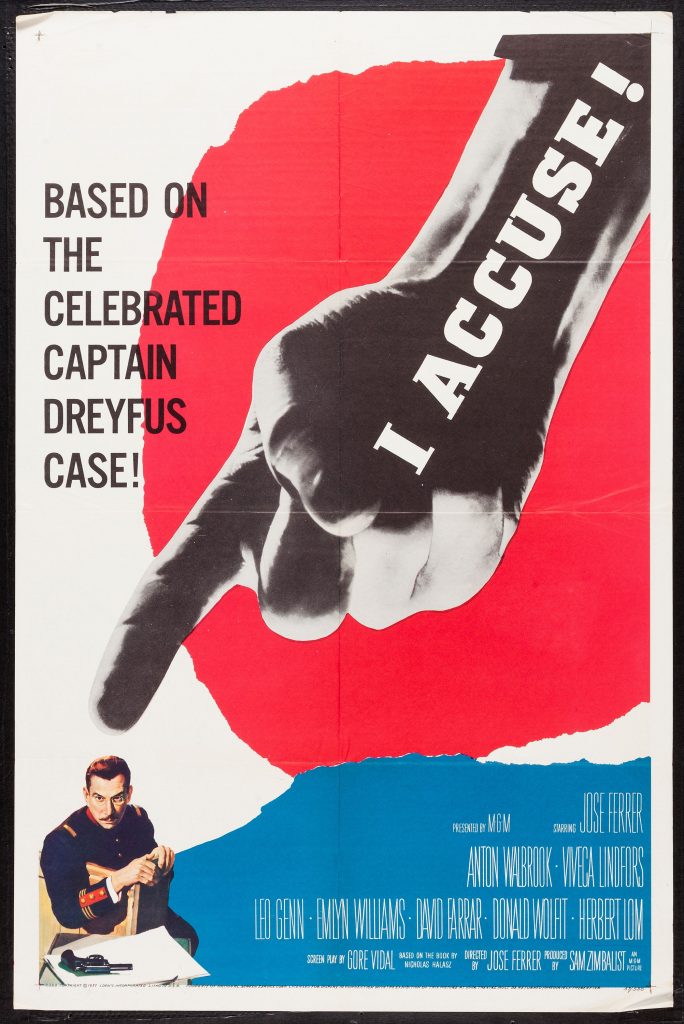
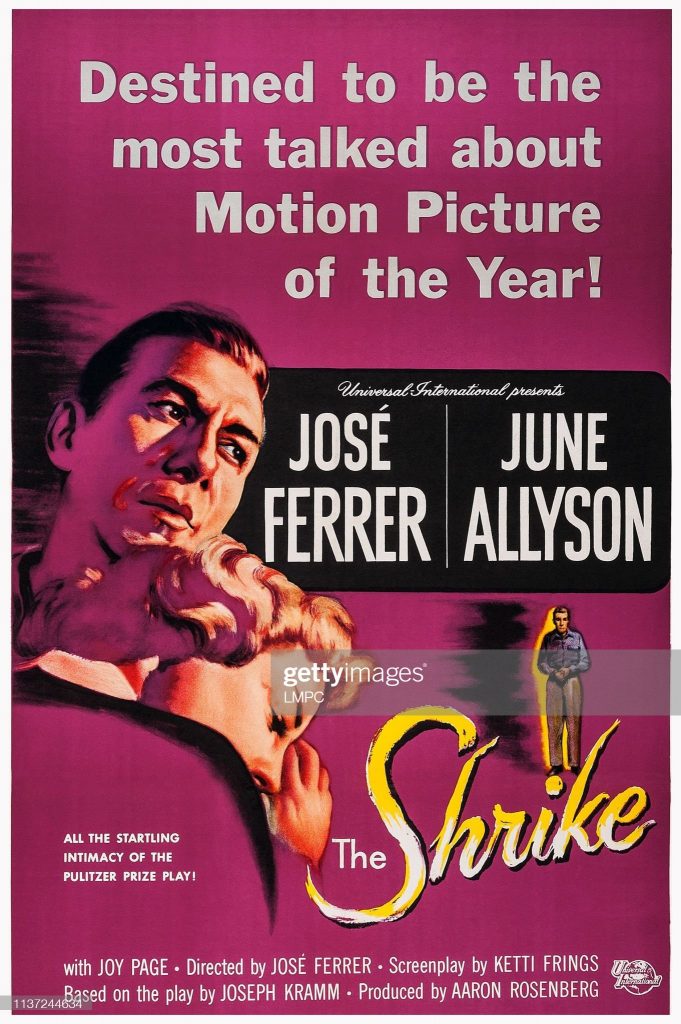
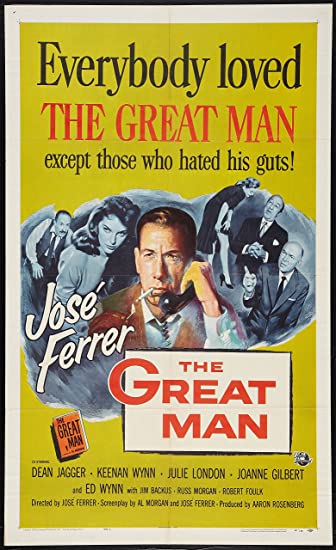
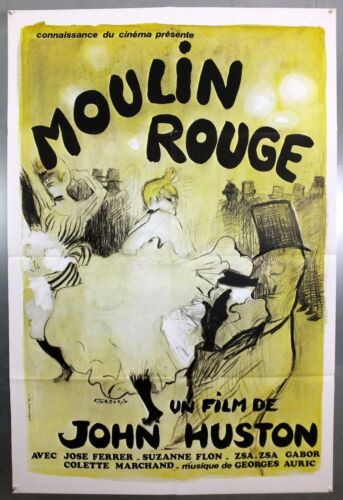
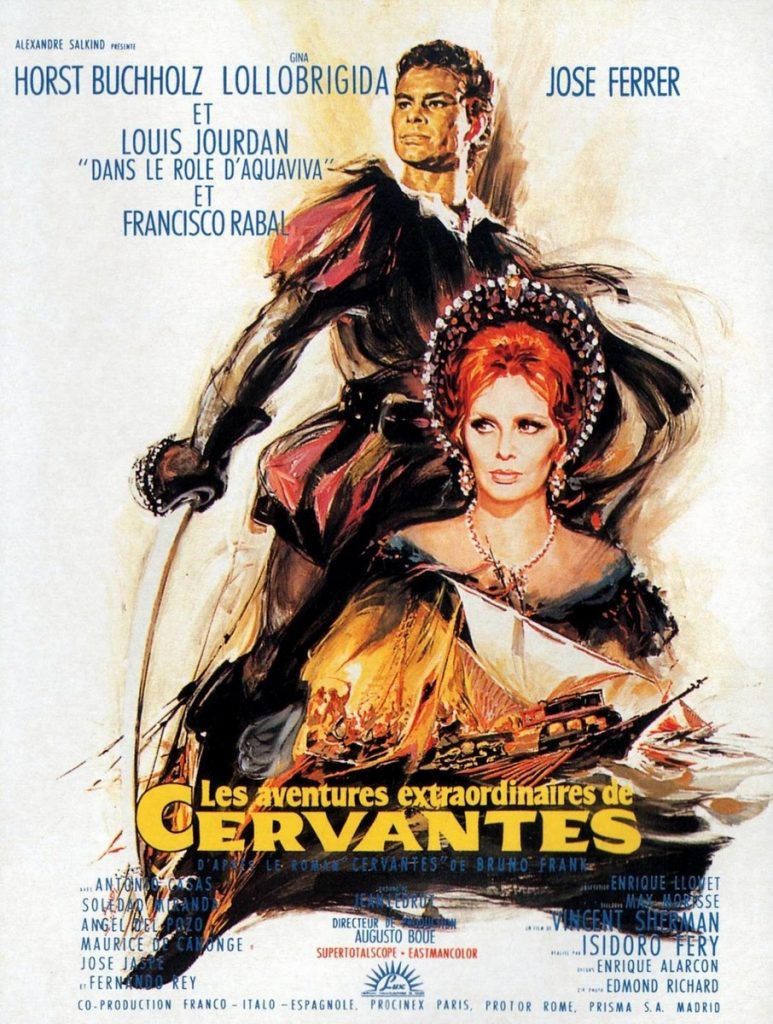
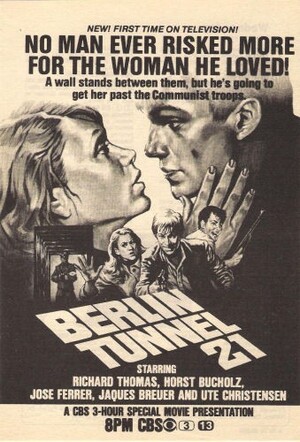
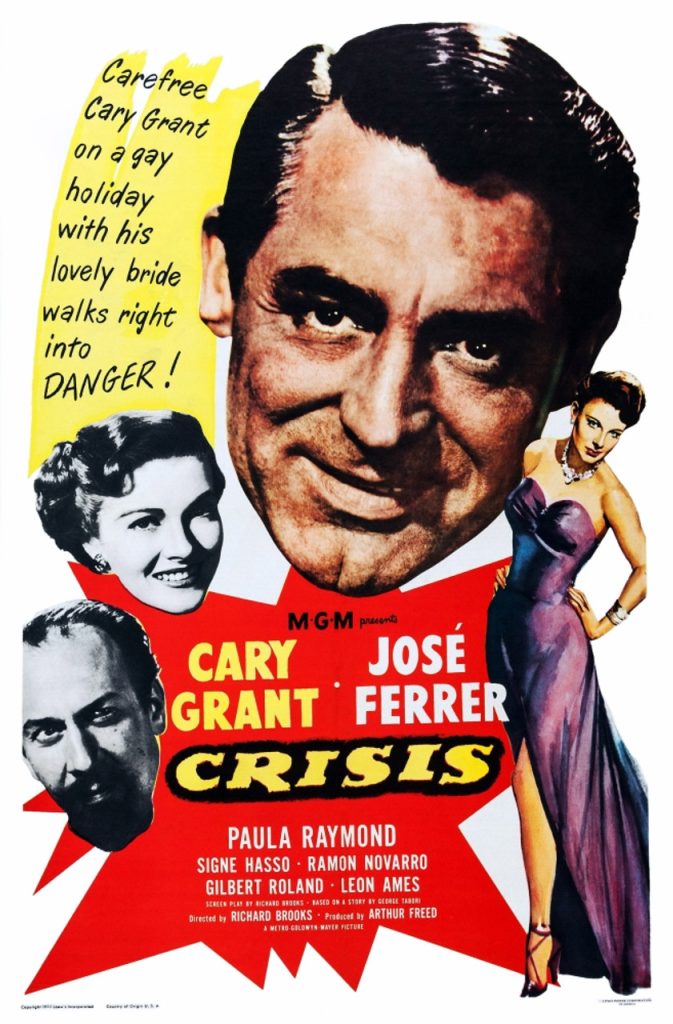
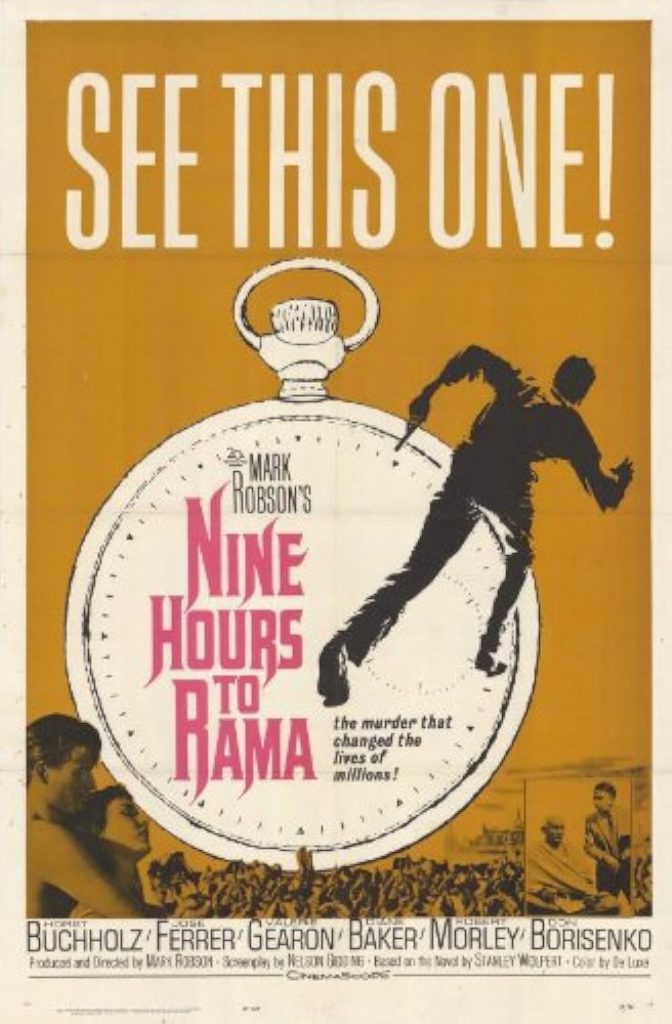
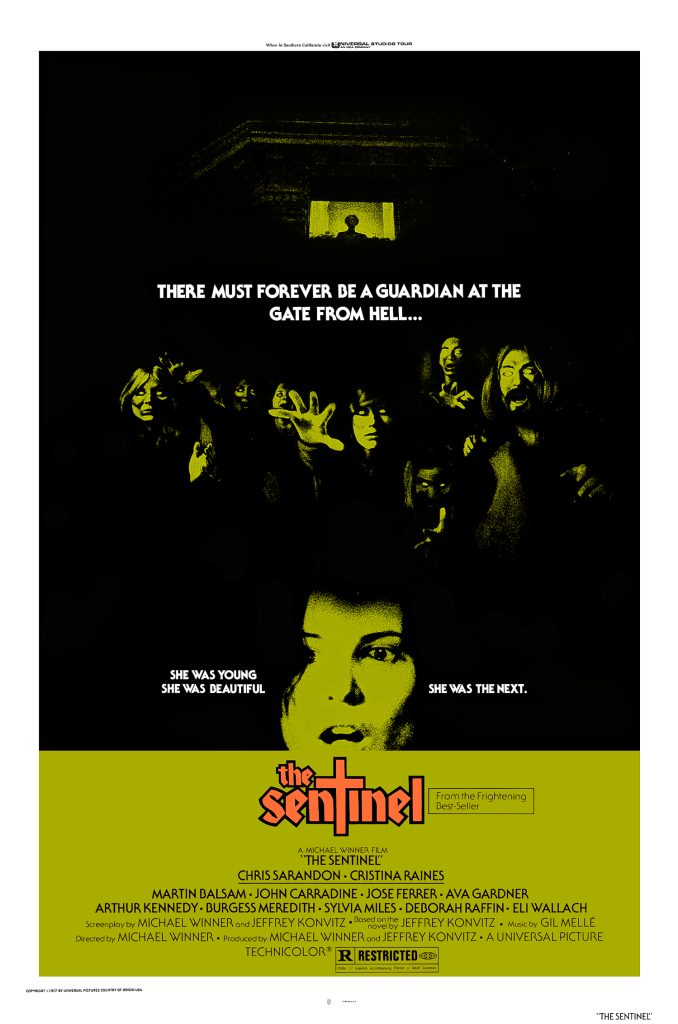
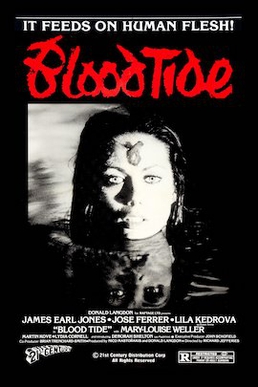
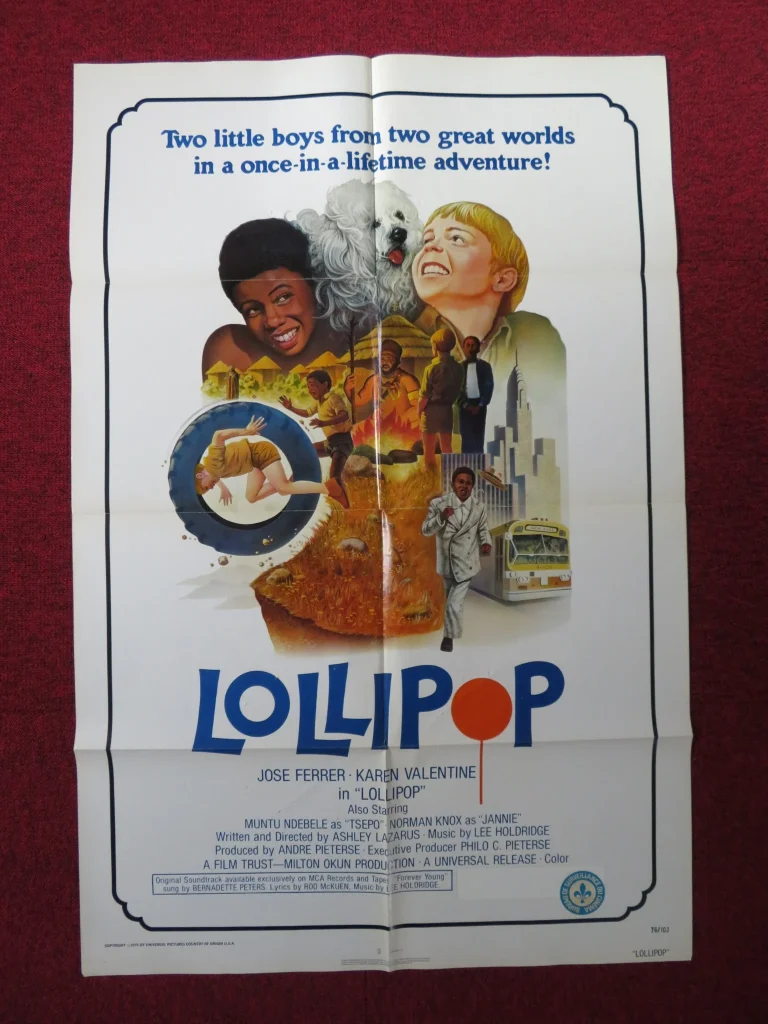
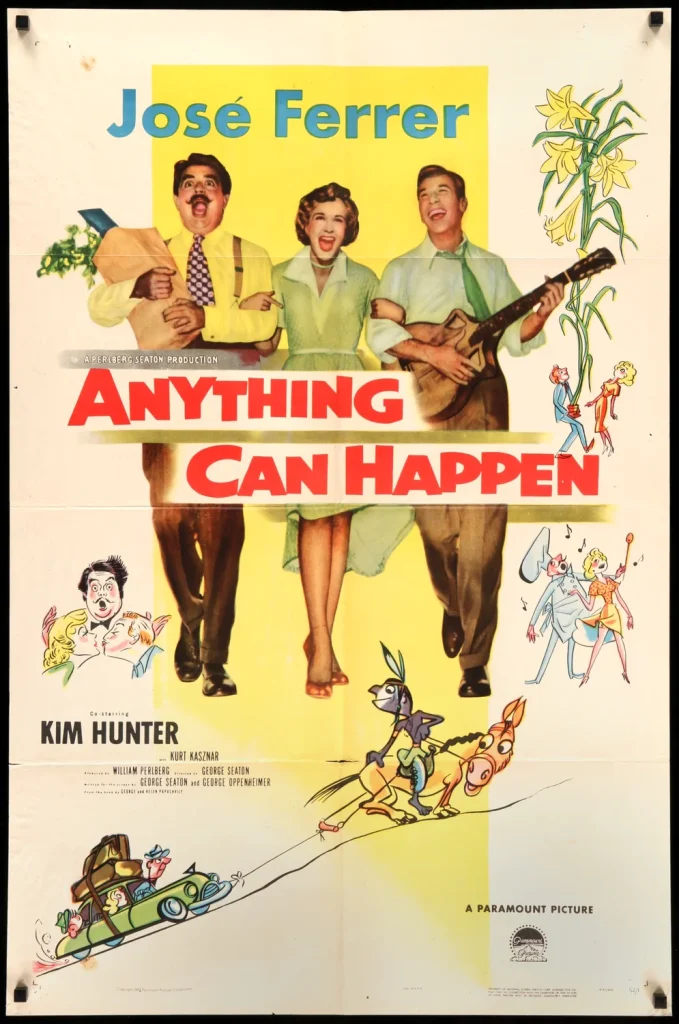


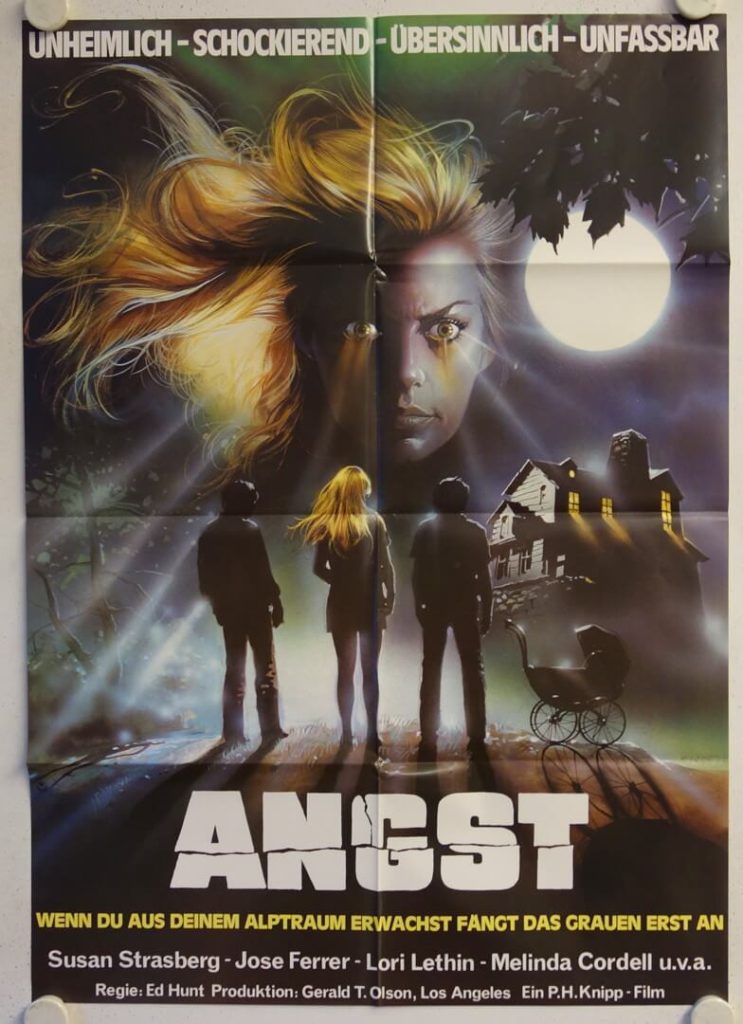
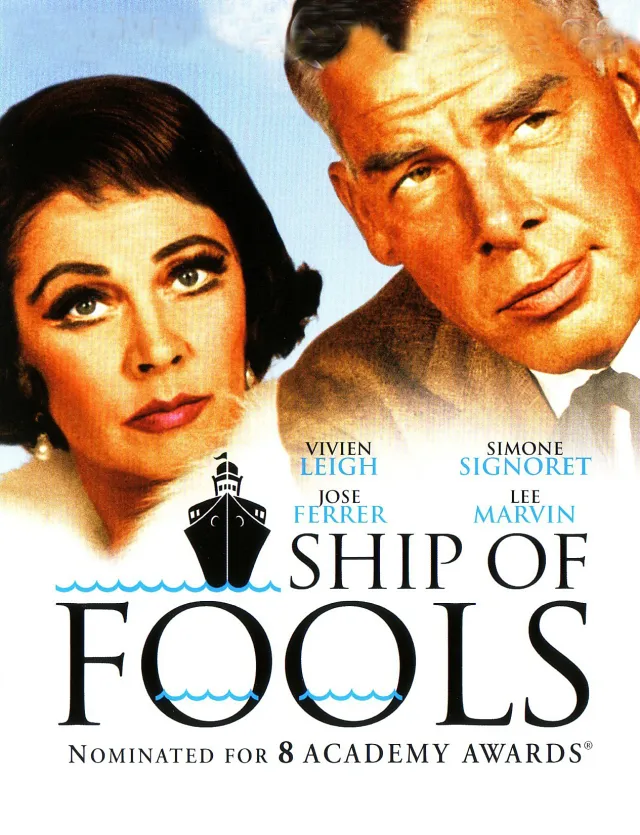
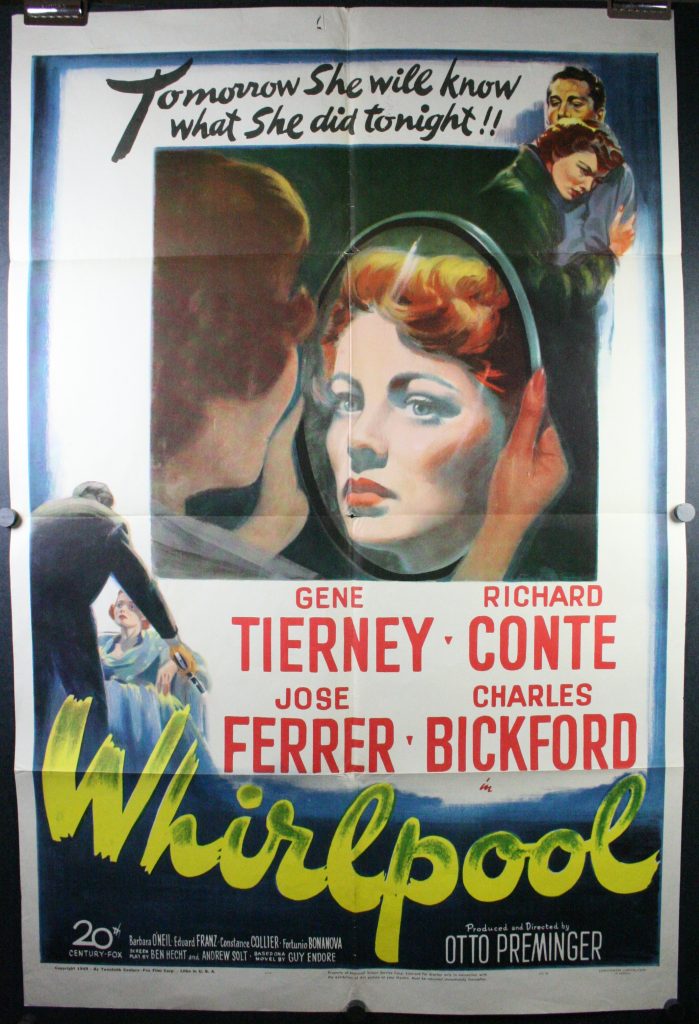
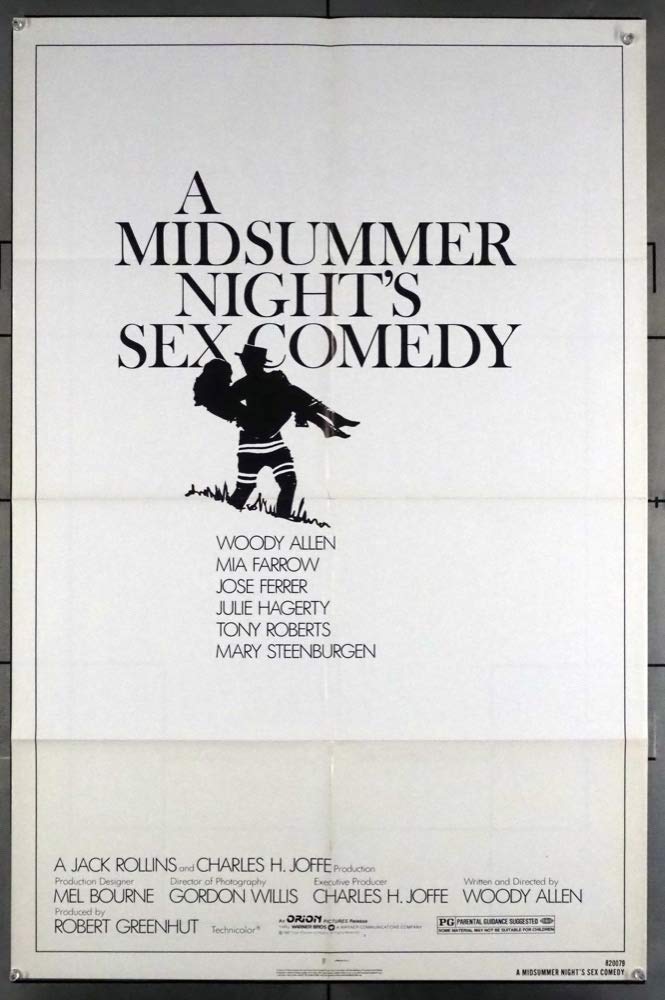
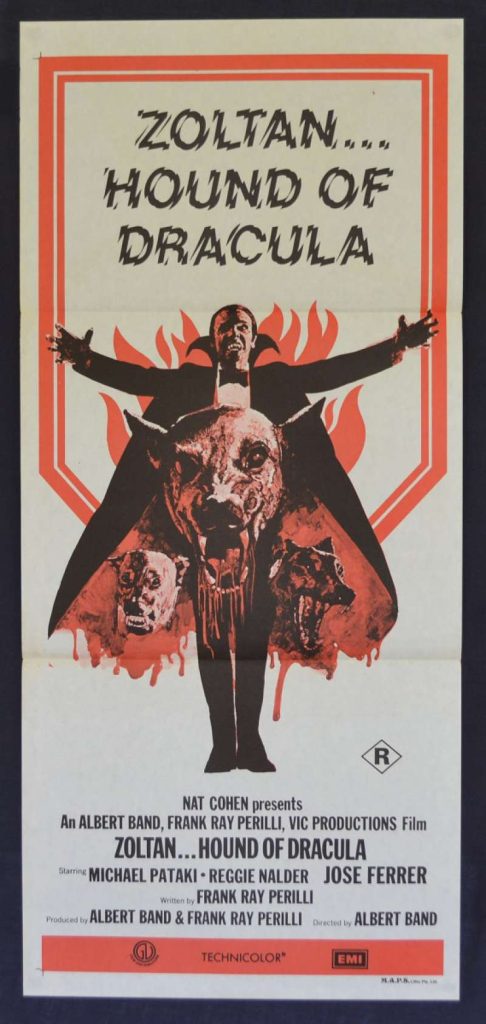

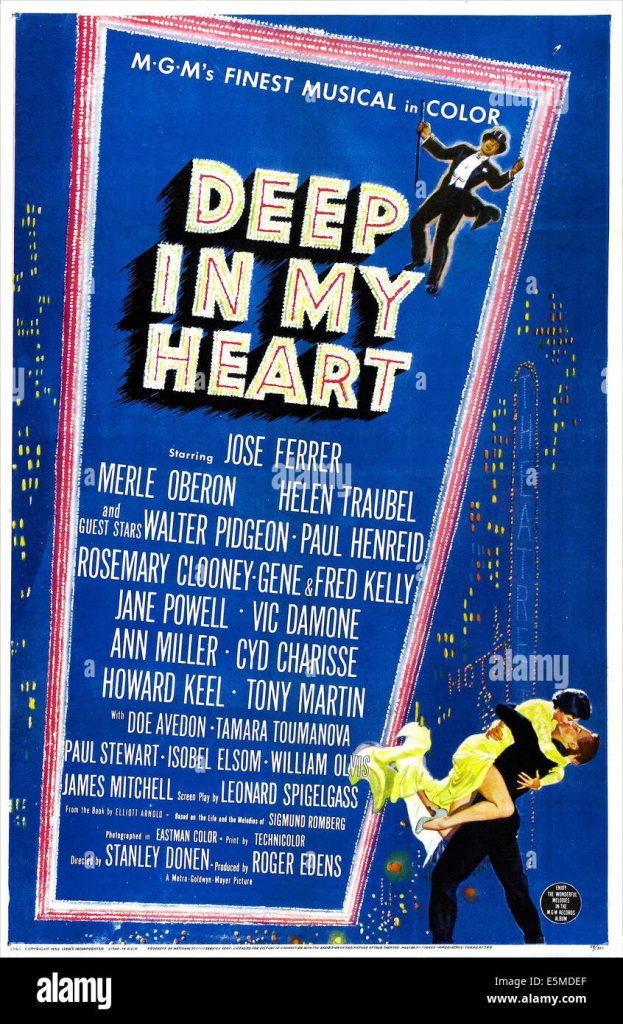

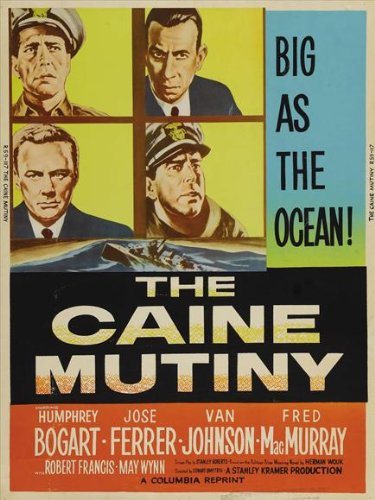
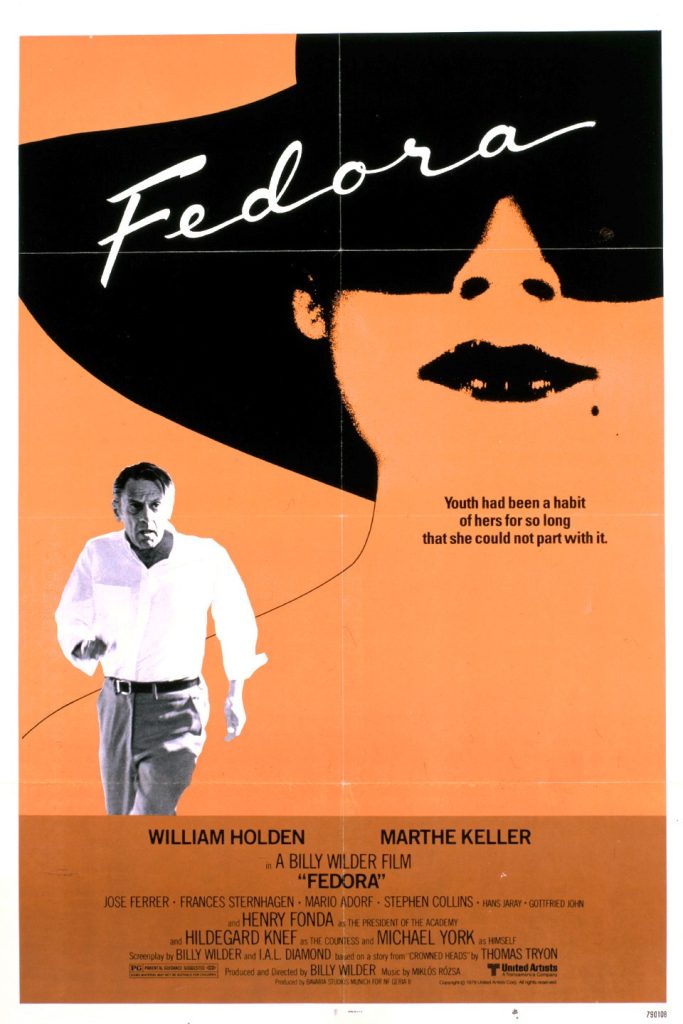
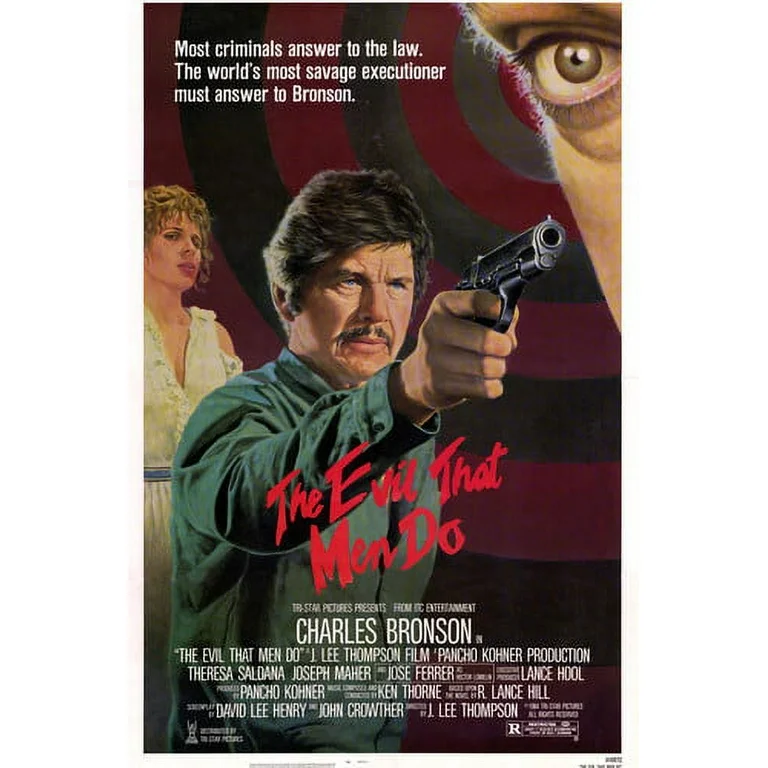
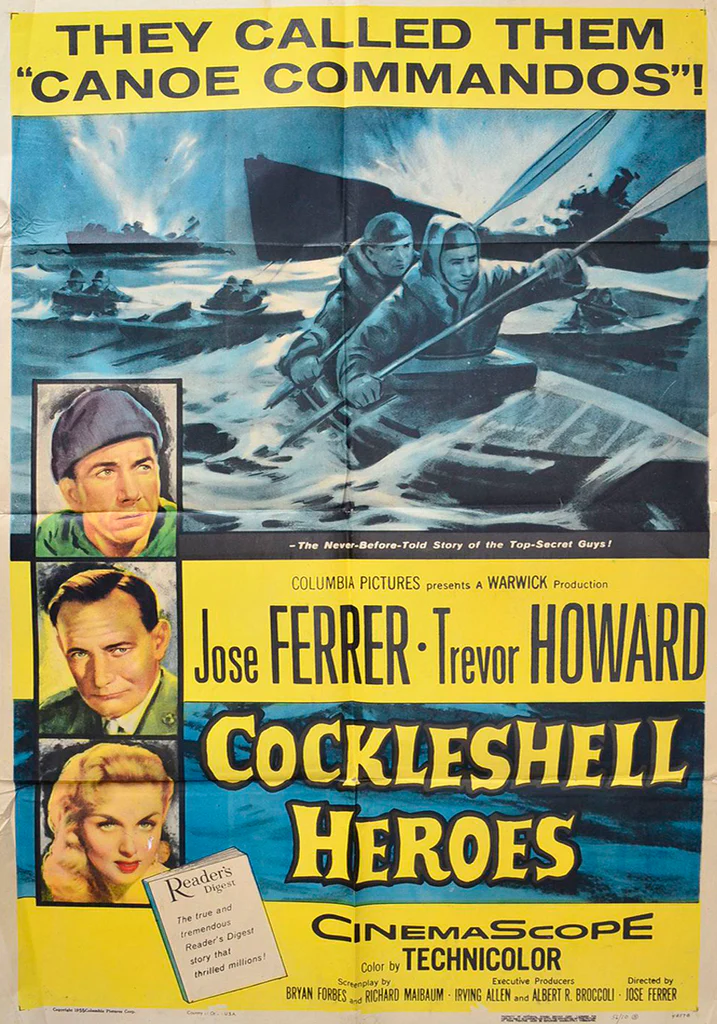
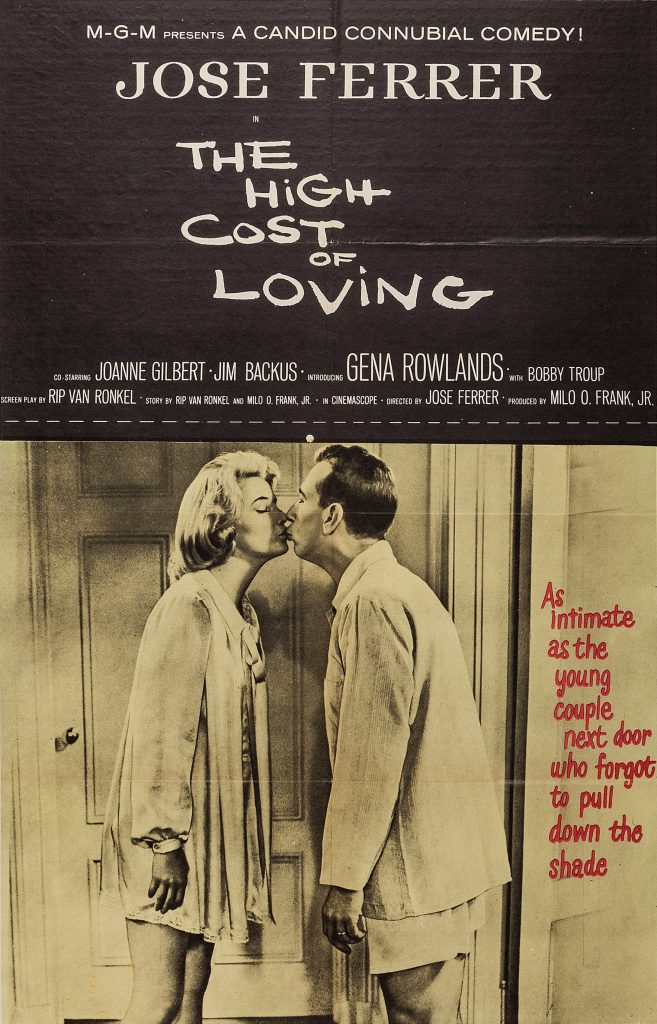
New York Times obituary in 1992:
Jose Ferrer, renowned as the cool, cerebral and idiosyncratic actor who won an Academy Award playing Cyrano de Bergerac, died yesterday at Doctors’ Hospital in Coral Gables, Fla.
A family spokesman gave his age as 80, although some reference works said he was 83. He was a resident of Miami. His family said he died after a brief illness but did not disclose its nature.
Versatility, intelligence and longevity were the hallmarks of his extraordinary career in entertainment. He was successful as an award-winning actor and a producer, writer and director, and was a musician as well.
“Jack of all trades, and master of most of them,” commented David Shipman in his book “The Great Movie Stars” (St. Martin’s, 1972). Broadway Return Called Off
Mr. Ferrer’s work spanned the stage, films and television for more than half a century. He had planned a return to Broadway this spring, starring opposite Judd Hirsch in “Conversations With My Father,” but his name was removed from the marquee because of his failing health.
To sample the breadth of his work: He organized a successful cruise ship band in college, played Iago to Paul Robeson’s Othello, appeared in the original television pilot of “Kojak,” sang opera at the Brooklyn Academy of Music and the Beverly Hills Opera, and made guest appearances on the “Newhart” series.
His first Tony Award came in 1947, for his role as the lovelorn lead with the prodigious proboscis in “Cyrano de Bergerac.” A television version followed in 1949. His film performance of the role captured the Academy Award in 1950, and his career surged at its peak. That same year he played opposite Gloria Swanson in “Twentieth Century” on stage, just after she had filmed “Sunset Boulevard.” Her contract stipulated that she appear only with him.
In 1952, he won three Critics’ Circle prizes and twin Tony Awards on Broadway. One Tony was for directing three different plays, “Stalag 17,” “The Fourposter” and “The Shrike,” which also won the Pulitzer Prize. The second Tony was for acting in “The Shrike.”
He ended that year by filming “Moulin Rouge,” directed by John Houston. In it, the tall Mr. Ferrer literally got down on his knees, with his legs strapped up, to portray the hobbling Toulouse-Lautrec. His performance won another Oscar nomination.
Born in Santurce, Puerto Rico, Jose Vicente Ferrer y Cintron made his first visit to the mainland as young boy for an operation on his palate. His family moved permanently to the mainland when he was 6. His parents were from Spain, and his father was a lawyer.
Young Mr. Ferrer attended public and private schools in New York City. He passed the entrance examination for Princeton University at the precocious age of 14, but at the urging of Princeton, he first took an extra year of preparation at a school in Switzerland. He was promising young pianist, and for a time was expected to became a concert performer. Taint by Association
Once at Princeton, however, he turned to the study of architecture. But show business tugged at him as got involved with campus productions that also drew the likes of James Stewart and Joshua Logan. It was during this same period that he organized his band, the Pied Pipers.
He did a brief showboat stint on Long Island in 1935, then went to Suffern, N.Y., on the straw-hat circuit with Mr. Logan, working as a stage manager. Later that year he got a one-line part on Broadway. His first major stage role was the lead in “Charley’s Aunt” in 1940.
Soon he took over a part played by Danny Kaye in “Let’s Face It,” then did “Othello” with Mr. Robeson. Sharing that bill later brought him under scrutiny on the suspicion of sharing Mr. Robeson’s leftist sympathies, which Mr. Ferrer denied.
His film debut was as the Dauphin with Ingrid Bergman in “Joan of Arc” in 1948, which earned the first of his three Oscar nomination.
In his later years in film, he played memorable character roles in movies as disparate as “The Caine Mutiny,” “Lawrence of Arabia,” “Ship of Fools” and Woody Allen’s “Midsummer Night’s Sex Comedy.” On Broadway he starred in “Man of La Mancha” and directed “The Andersonville Trial.” On television he appeared in fare both serious and light, including “Gideon’s Trumpet” and “Magnum, P.I.” Dross Amid the Gold
While his skill and intellect were often praised, some critics regretted that he failed to project much warmth. Like most performers, he had his share of duds. He directed “Return to Peyton Place” and appeared in another movie entitled “Dracula’s Dog.” But he always looked forward to the next production.
His last stage appearances were in 1990 in London and at the Paper Mill Playhouse in Millburn, N.J. He remained active directing, including Lee Richardson and Frances Sternhagen in tour of “All My Sons” in 1988 and a production of “The Best Man” at the Mark Taper Forum in Los Angeles.
President Ronald Reagan awarded him the National Medal of Arts in 1985, the first actor to receive that honor. Until recently he was president of the Players club, founded by Edwin Booth, and was active in the Actors Fund.
Three of Mr. Ferrer’s marriages ended in divorce, with the German actress Uta Hagen from 1938 to 1948, with Phyllis Hill from 1948 to 1953, and with the singer Rosemary Clooney twice in the 50’s and 60’s.
Surviving are his fourth wife, the former Stella Magee; three sons, Rafael Francisco, of New York City, and Miguel Jose and Gabriel Vicente, both of Los Angeles; three daughters, Leticia Thyra Ferrer of New York City, Maria Providencia Ferrer of Los Angeles and Monsita Teresa Botwick of Virginia Beach, Va.; eight grandchildren; two sisters, Leticia Garcia and Elvira Villafane, and a half-brother, Rafael.
